
In my WA2021: Highlights #2 post, I mentioned that one of the many highlights of the trip was being able to revisit the old Leprosarium at Bungarun and that I would write about it in more detail later. Well, here it is.
I have documented the history of the Leprosarium in the article, Left to Decay, on my web site (which I will update in due course), so the following is focused on providing an update of events in the period between my first visit in 2017 and my recent 2021 visit.
Following my first visit I was very keen to try to use the site as the basis for a project that would document the on-going impact of the natural environment on the buildings and infrastructure. At that time the site was under the control of the WA State Government Department of Aboriginal Affairs. It was there that I directed enquiries to try to obtain formal approval to proceed with such a project. However, this became a long drawn out conversation that came to an end when events in my personal life took precedence.
About a year ago, I decided to try to pick up the threads of this project, only to discover that the site, or ‘reserve’ as it is now known as, is managed by The Aboriginal Lands Trust for the use and benefit of the aboriginal community. While planning our 2021 trip, it was very much at the forefront of my mind to make a return visit to see what changes have occurred in the intervening four years.
On arriving at the reserve entrance, the gates were closed and padlocked, but an adjacent sign advised that access could be arranged through the Derby Visitors Centre. After a short drive into Derby, we returned with the key.
It was clear that a lot of effort by the local aboriginal community had been put into clearing the reserve and that they are in the process of turning it into a museum. To reflect this, one of the buildings is currently being restored and refurbished, possibly as a visitor reception. This has been made possible by a significant loan from the Sisters of St John of God Heritage Centre, Broome.

Once again, time was not on my side, but I managed to take photographs of the majority of the buildings and to take note of some of the differences that time and weather have made.
For example, two blocks of dilapidated dormitories have since been demolished, leaving no sign that they ever existed:

These shots of the administration building show how quickly vegetation can take hold and grow
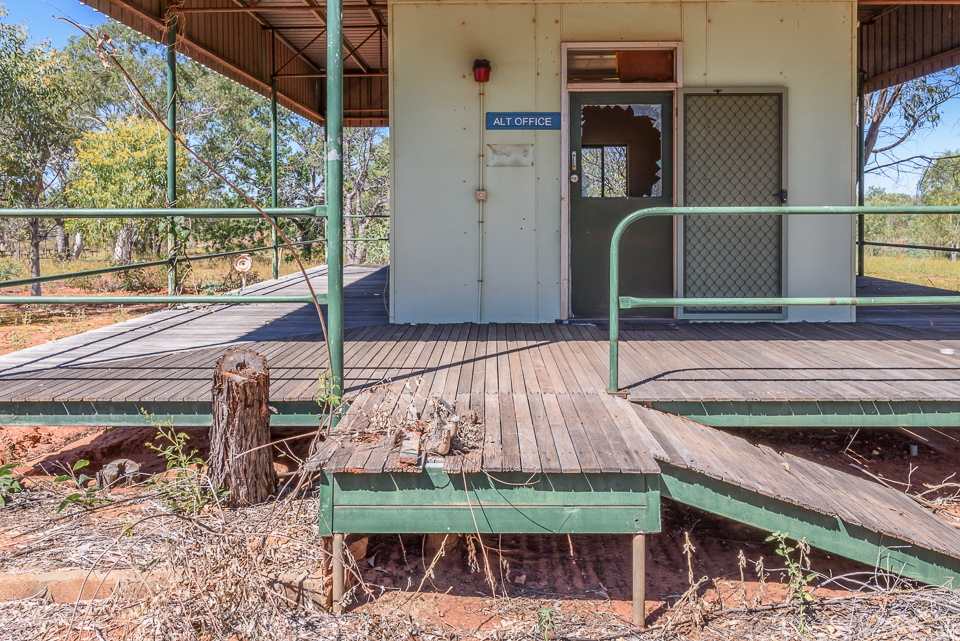
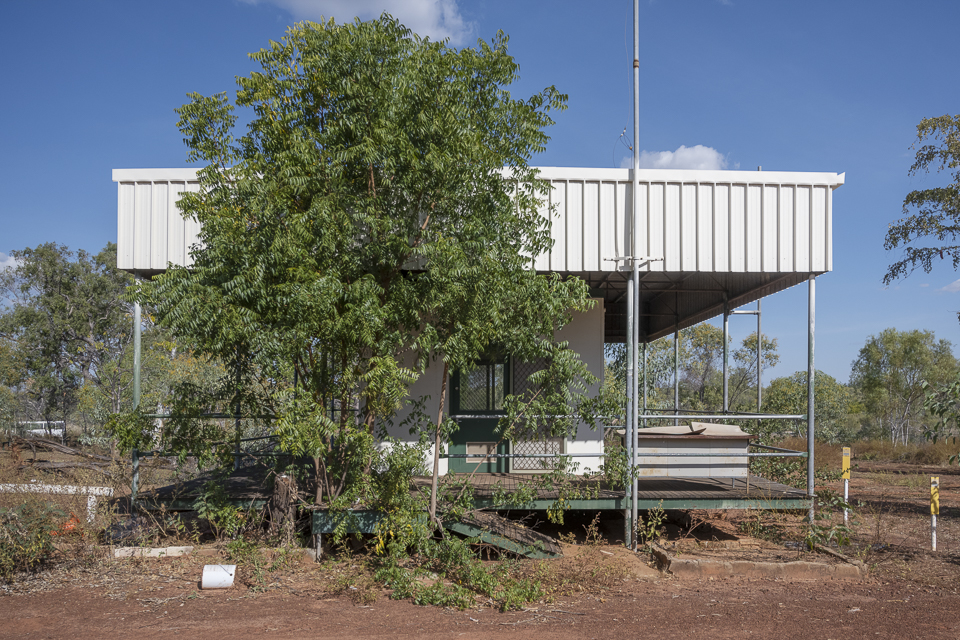
The basketball court remains much the same, except for the addition of a few more weeds and a portable toilet for the workers who seem to operate on a part time basis, possibly because they have other paid work to do. These shots also show that the water tank (to the left of the shed in the background) has been removed – it didn’t look too safe in 2017, so that is no surprise.

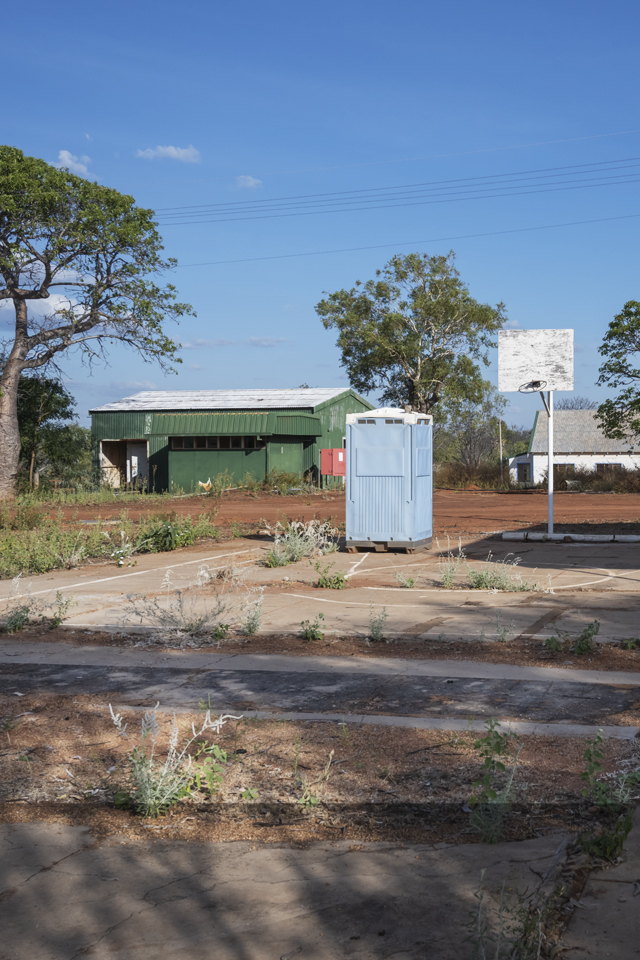
The bakery has not changed!


I managed to get around more of the buildings than previously, including these:

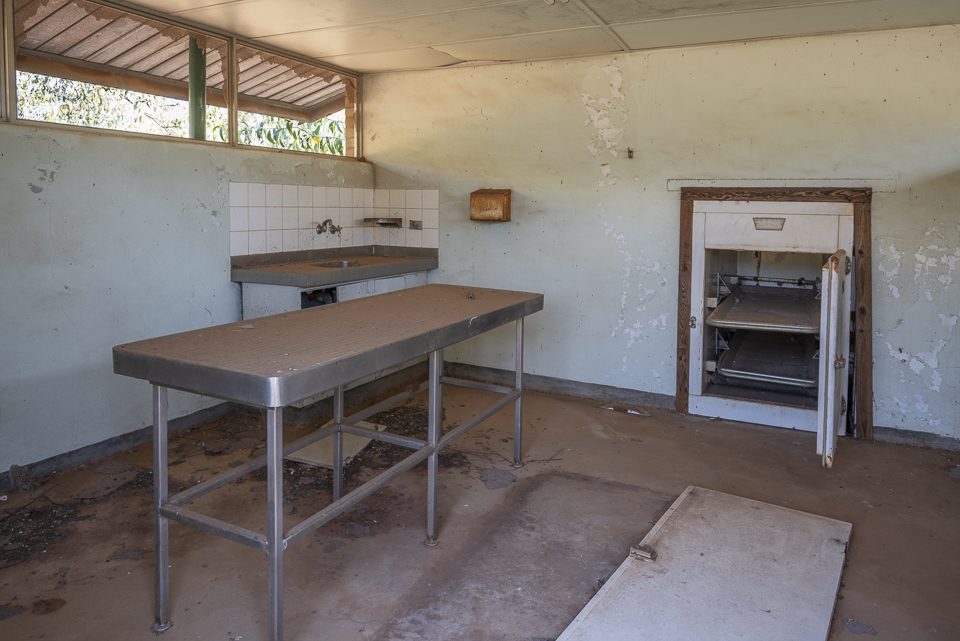
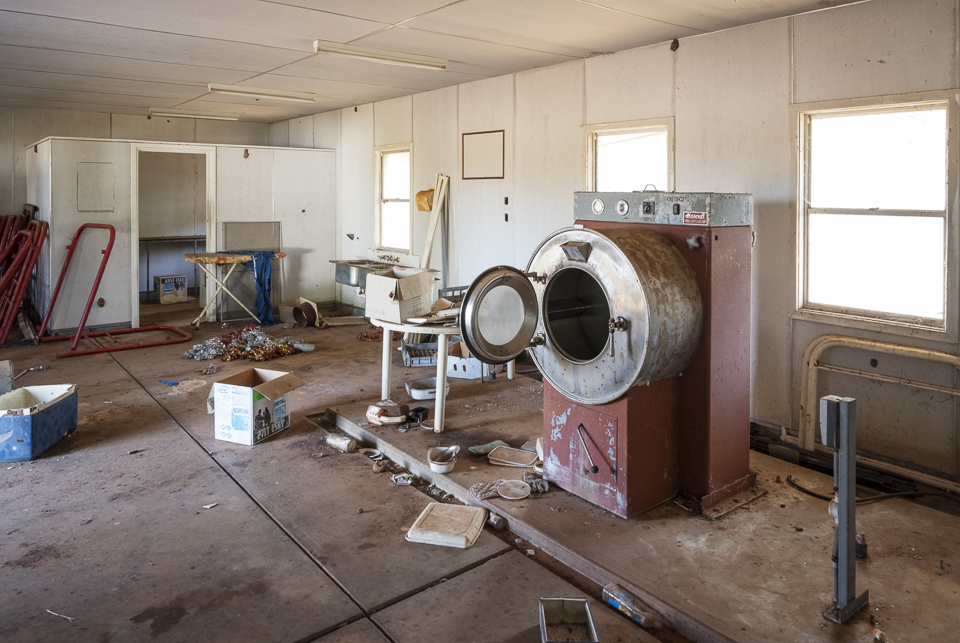
I have created a gallery of all the 2021 images on my web site – Left to Decay 2021 – please have a look.
The one area that the community have really focused on upgrading is the cemetery. This features a new entrance with a listing of the names of all the inmates who had lost their lives during their stay. I did not visit this part of the reserve in 2017, so I cannot make a comparison. Suffice to say that the cemetery is now a fitting legacy to all 357 people who had the misfortune to have died at the Bungarun Leprosarium.


2 Responses
Great that you have photos as a record of the history even if it is a short time span but have to start somewhere.
Interesting stuff Martin!